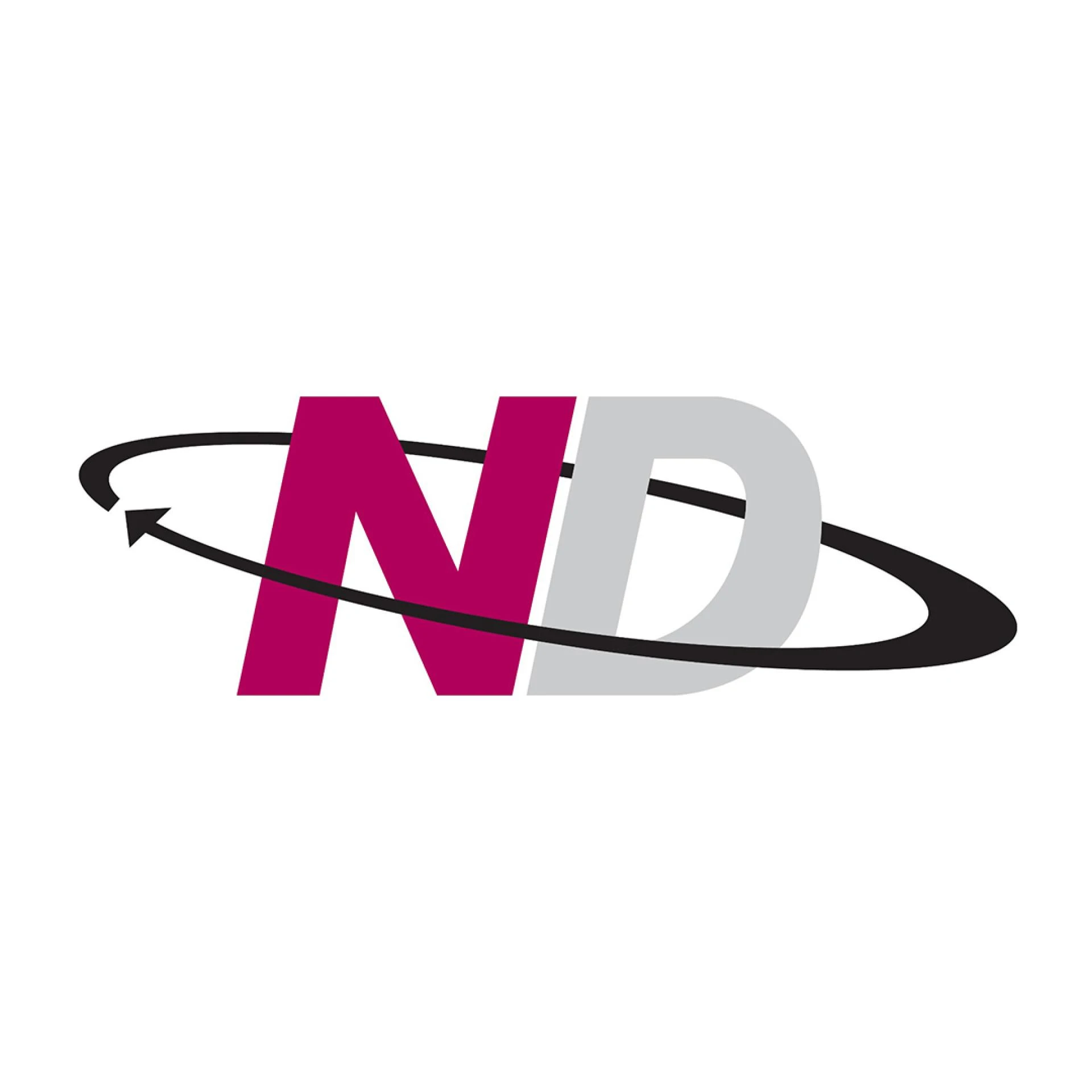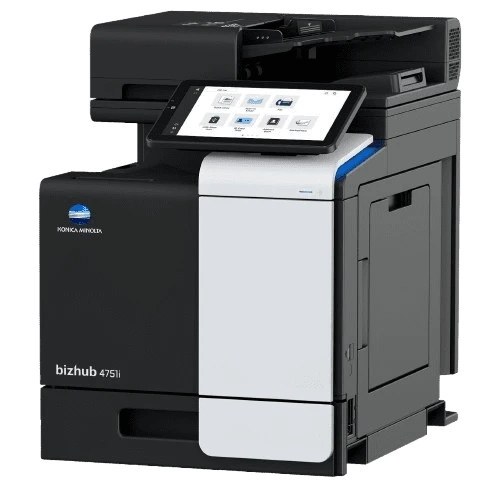In terms of managing printing need within a company, especially one that has high volumes, deciding whether to lease or buy a commercial printer is a critical cost and operational choice. Leasing a commercial printer is among the preferred alternatives for most organizations, as it offers flexibility and access to high-quality equipment without the significant initial outlay. But like with any business alternative, there are trade-offs. Following are the key pros and cons to allow you to determine whether or not leasing is suitable for your business.
Pros of Leasing a Printer
1. Reduced Initial Expenses
Leasing a printer prevents you from spending the initial large sum of money. Purchasing a business-grade printer is costly, amounting to thousands of dollars, but leasing allows you to pay in installments over time, keeping capital at hand for other business requirements.
2. Consistent Monthly Expenses
Predefined fixed monthly payments in leases facilitate budgeting and cash flow management. In addition, certain leases incorporate maintenance, toner, and repair costs into the package, making cost planning even easier.
3. Upgrade to New Technology
Through leasing, companies can upgrade outdated printers with newer, more efficient models every few years. This grants access to new technology, faster printing, and better energy efficiency without being encumbered by obsolescence.
4. Support and Maintenance Included
Most leasing is accompanied by on-site support and technical support in the transaction. This prevents downtime and reduces the time required to solve problems within in-house technical personnel.
5. Tax Savings
Where payments on leases are made in most locations, they are considered business expenses and can be deducted from the business. This could be more tax beneficial than buying the equipment would be.
Negative Aspects of Leasing a Printer
1. Long-Term Cost Increased
While leasing can be cheaper in the short run, it is more expensive in the long run. After paying month by month for some years, you will have ended up paying more than the cost of the printer.
2. Contract Commitments
Leases are legal agreements that typically take 2 to 5 years. Ending a lease prematurely can see you paying hefty termination charges. Such limited flexibility can be a shortcoming if your business needs change.
3. No Ownership
At the end of a lease, you usually don't own the equipment—unless your contract includes a buyout option. You may have to turn in the printer or start a new lease on a replacement.
4. Hidden Fees
Over-page charges, early termination fees, or non-standard repair fees are occasionally included in lease agreements. Read the fine print carefully and understand all potential fees.
5. Limited Customization
When you lease, you are usually limited to the models and configurations that the leasing company offers. This takes away your freedom to choose a printer that suits your needs.
Conclusion: Is Leasing Right for Your Business?
Leasing a business printer is ideal for businesses that:
- Need access to the latest technology
- Desire stable monthly payments
Do not wish to have big up-front expenses
But it may not be ideal for firms that:
- Have consistent, long-term printing requirements and can afford to buy
- Desire full ownership and control of their equipment
Want to keep long-term costs to a minimum
Always compare alternatives, read the contract carefully, and evaluate both short-term and long-term business objectives before signing a lease.


